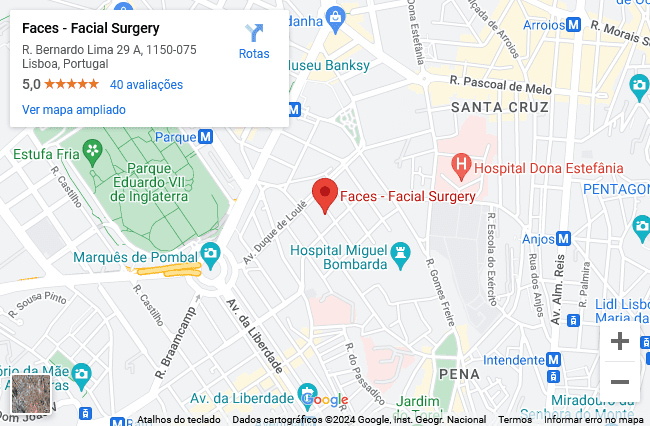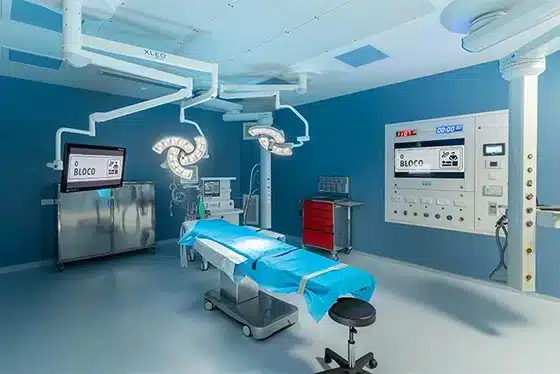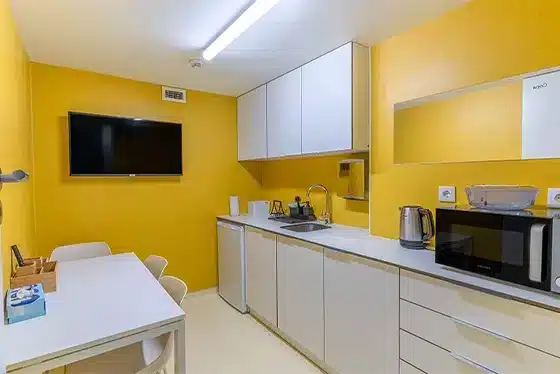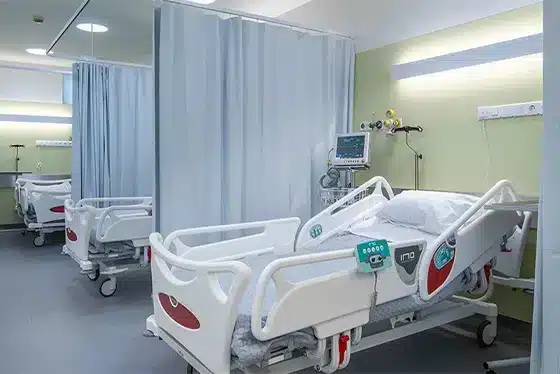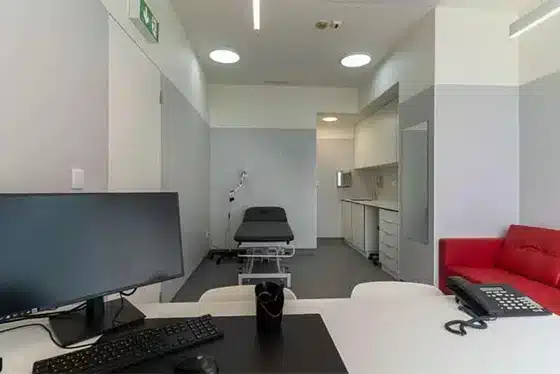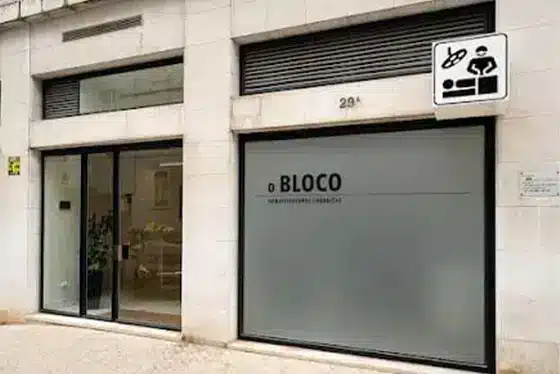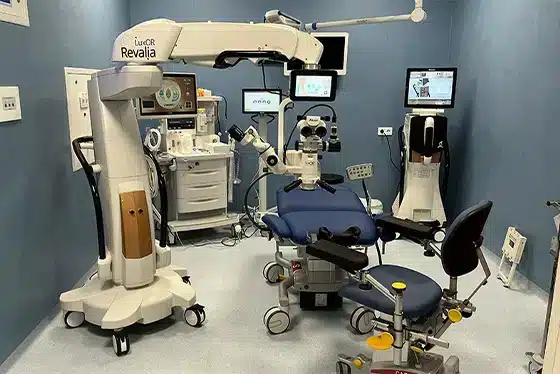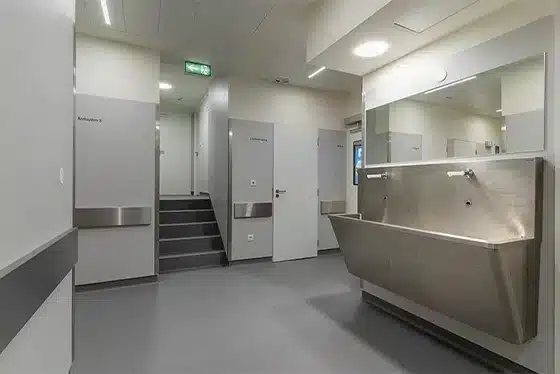Blepharoplasty, a surgical intervention aimed at improving the appearance and function of the eyelids, may be a term you’re familiar with. It is a simple outpatient procedure that is typically performed under local anesthesia, although the assistance of an anesthetist may be required for certain cases to ensure safety and comfort. The procedure involves removing excess skin and repositioning fat to achieve a more youthful appearance and enhance the visual field for individuals with droopy eyelids and bags.
The Different Types of Blepharoplasty: Upper, Lower and Combined Procedures
Blepharoplasty encompasses various types tailored to individual needs: upper blepharoplasty, lower blepharoplasty, or a combined approach.
Upper blepharoplasty addresses the issue of excess upper eyelid skin that can obstruct the visual field, impact neck posture, and lead to frequent rubbing of the eyes or the need to lift the eyelid manually for specific tasks.
On the other hand, lower blepharoplasty repositions fat pads, reduces wrinkles, and enhances the overall appearance of the eye area.
A combined blepharoplasty involves both upper and lower eyelid procedures.
In addition to blepharoplasty, other complementary procedures can be considered to achieve optimal results. A brow lift is one such procedure that corrects droopy eyebrows and contributes to a more youthful and vibrant appearance. It can be performed alone or in combination with blepharoplasty. Canthoplasty and canthopexy are additional options that address the positioning of the lateral edges of the eyelids and provide support, particularly for the lower eyelid
The Preoperative Process: Consultation, Assessment, and Preparation for Your Blepharoplasty
The preoperative process is a crucial step before undergoing blepharoplasty to ensure the safety and effectiveness of the procedure.
It begins with a consultation with a qualified and experienced blepharoplasty surgeon. During this consultation, the surgeon will review your medical history and discuss your expectations for the surgery.
Open and honest communication about your general health, current medications, and any existing health conditions is vital as they can impact the outcome of the surgery.
The surgeon will assess your eyelids, including the amount of skin and fat, eyebrow position, and muscle function. Based on this assessment, the surgeon will recommend the most suitable type of blepharoplasty for you.
Additionally, the consultation will provide instructions on how to prepare for the procedure, which may include avoiding certain medications and supplements and following a healthy diet to aid in recovery.
If you have any questions or concerns during the preoperative process, it is important to discuss them with your surgeon to ensure you feel prepared and confident before your blepharoplasty
Step by Step: A Detailed Overview of the Surgical Technique of Blepharoplasty
Blepharoplasty is a relatively simple surgery, but it is still a surgical procedure that requires care and attention. The surgical technique of blepharoplasty follows this general protocol:
Anesthesia
Incisions
Removal or repositioning of excess fat, skin and muscle
Canthopexies
Sutures
The entire procedure can take 1 to 3 hours, depending on the type of blepharoplasty and the extent of the procedure. The skin of the eyelids has an excellent healing capacity, and the scars are practically imperceptible or even invisible when it is possible to make an incision inside the eyelid at the level of the conjunctiva.
Postoperative care and recovery: what to expect after eyelid surgery
After your blepharoplasty surgery, following your postoperative care instructions is essential to ensure a quick and uneventful recovery. Here are some precautions:
Rest: Reducing activity for a few days after surgery is advisable, avoiding efforts and physical exercises during the first ten days. You can work on the computer two days after the surgery, although you should take some breaks.
Cold dressings: Applying cold dressings to the eyelids helps reduce edema.
Ointments and eye drops: Your surgeon will prescribe drops to reduce swelling, help prevent infection, and keep your eyes hydrated.
Avoid scratching or rubbing your eyes: This irritates the skin, increases edema and prolongs recovery.
Avoid sun exposure: It is essential to avoid direct sun exposure in the eyelid region and wear sunglasses to protect yourself.
The time it takes to recover from surgery varies depending on the type of procedure. While there may be noticeable improvements within the first few days, the success of the surgery is typically evaluated in the third month once the muscle tissues have fully adjusted to the new position of the skin.
The most important thing is to follow the medical recommendations and clarify any doubts that may arise.
Risks and Potential Complications: Navigating the Challenges of Blepharoplasty
As with any surgical procedure, blepharoplasty involves risks and potential complications. Some of the most common complications of blepharoplasty include edema (swelling), bruising, infection and temporary eyelid changes in sensation, such as itching (itching).
Therefore, it is crucial to discuss the possible risks and complications of blepharoplasty with the surgeon before deciding to undergo the procedure and to follow all pre- and postoperative instructions to minimize the risk of complications and ensure a safe and effective recovery.
Realistic Expectations: Evaluating the Potential Outcomes of Eyelid Surgery
When considering eyelid surgery, patients need to have realistic expectations. The main goal of the surgery is to improve both the appearance and function of the eyelids while maintaining their protective barrier for the eye. Your surgeon will strive to create a natural, balanced result that complements your facial features.



